Letter from Dryslwyn
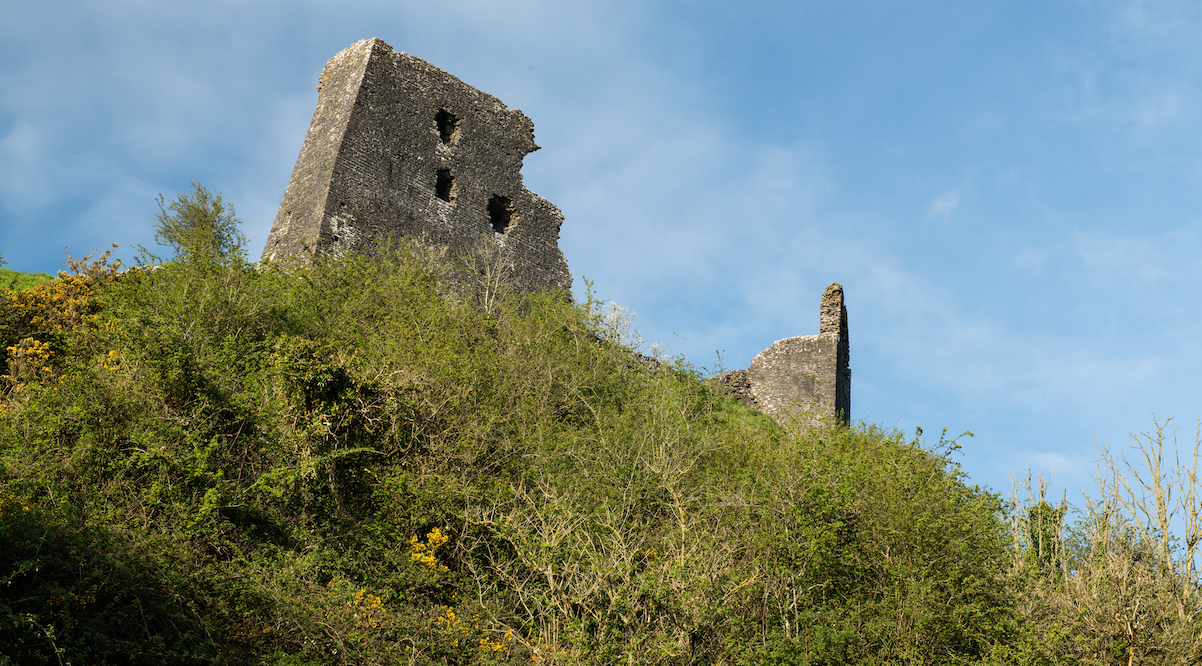
Richard Rees
It is amazing that any of it is still standing. Dryslwyn castle, or at least what is left of it, still holds a commanding view across the Tywi valley.
If you walk up the hill to what remains of the castle walls there is a three hundred and sixty degree vista of bucolic peace and quiet. But do not be fooled. It was not always so.
The fields here abouts have witnessed the telling of a very different story, a story of succession and suppression, of battles, war and bloodshed.
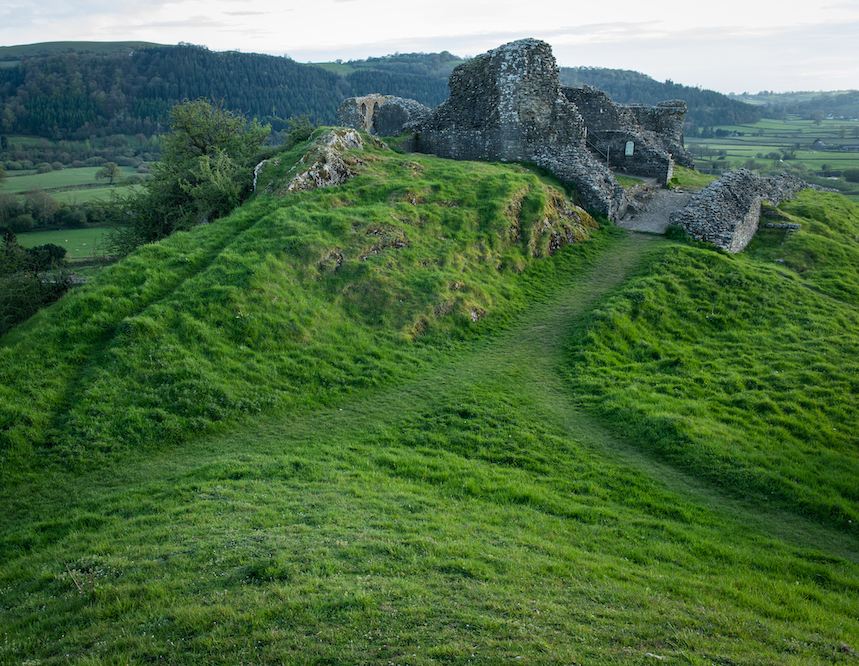
More or less half way between Llandeilo and Carmarthen, just off the A40, the castles’ story began in the 1220’s when Rhys Grug, one of the princes of Deheubarth built both Dryslwyn and Dinefwr castles for his sons.
By 1283, following the death of the last Prince of Wales, Dryslwyn Castle was one of the few substantial stone castles to be held by a Welshman.
But in 1287 the castle’s incumbent, Rhys ap Maredydd, revolted against English rule. That did not go down well with Edward the First, who sent 11,000 English troops to take the castle.
It was captured again by the Welsh military leader Owain Glyndwr in 1403, but this time, when it was retaken by the English, it was decommissioned by destabilising some of the structures and blocking all the access.
So today we are left with a fraction of the original building, but even so, the castle still feels like a central hub for all the other historical events that have happened around it.
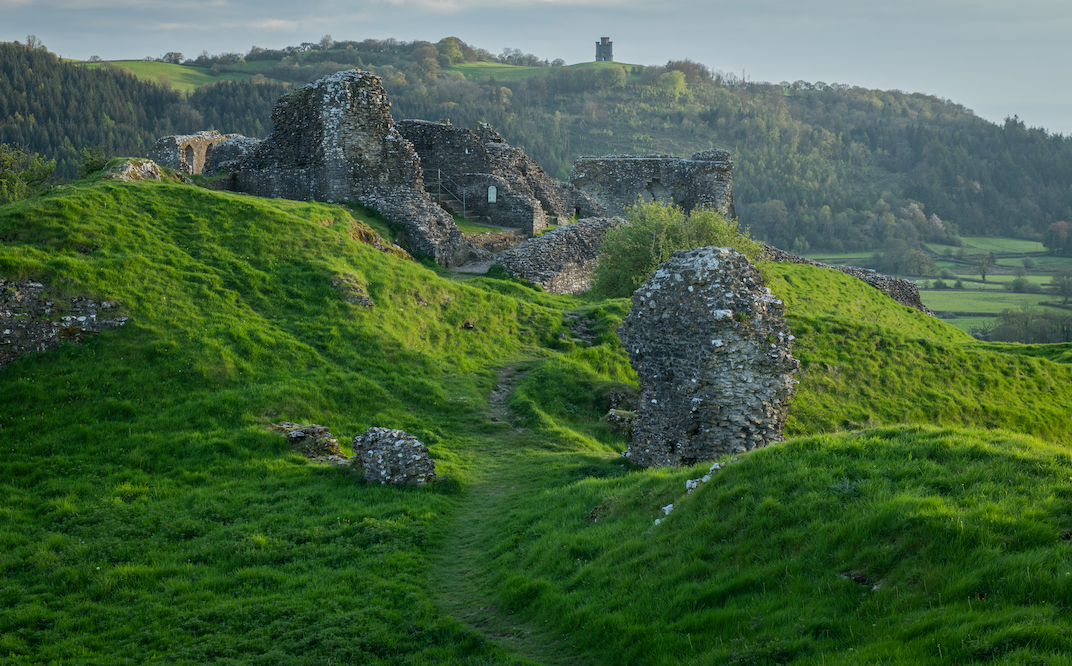
If you stand in the castle and look to the south west your eye will be drawn to a tower on the hilltop on the opposite side of the valley. Paxton’s Tower is a folly that was erected by Sir William Paxton in the early 1800’s in memory of Lord Nelson.
However, locally it is known as Twr Speit, or Spite Tower. Allegedly, When Paxton was up for re-election as the MP for Carmarthen, he canvassed the locals with the promise, that should he be re-elected, he would pay for the construction of a bridge over the river Tywi.
However, he lost the election by 46 votes and so decided to build his folly to Lord Nelson instead in order to spite the locals who had lost him his seat in parliament.
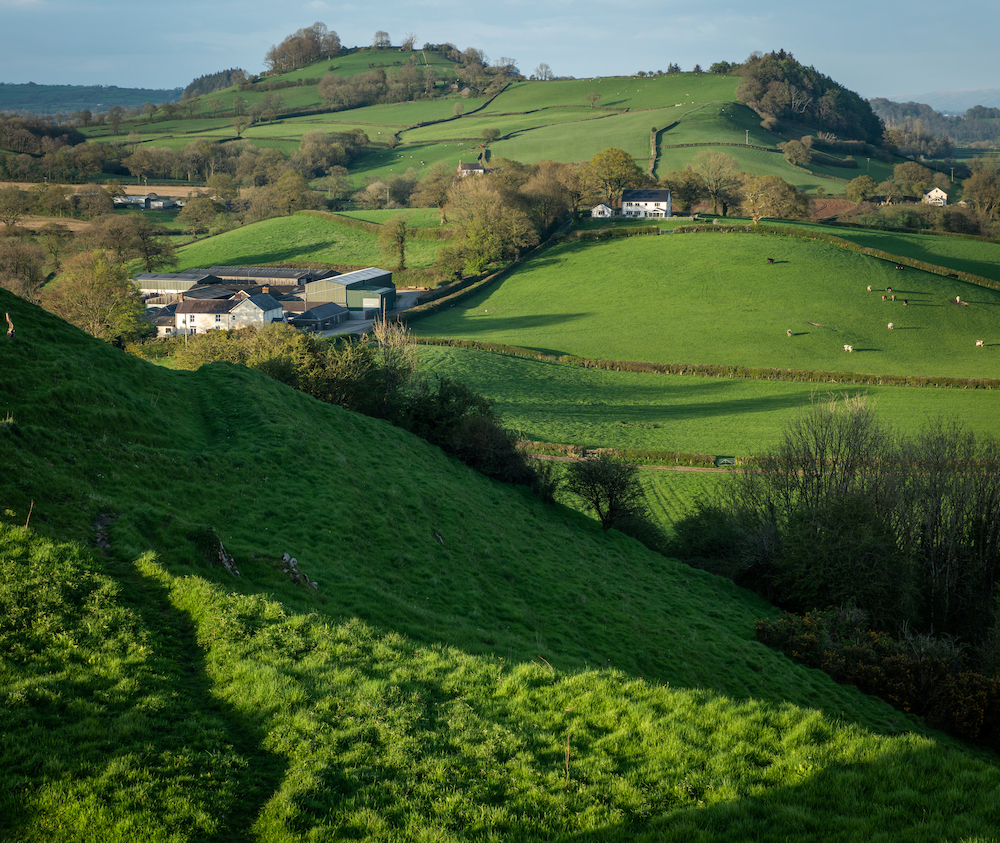
While you’re up there in the castle admiring Paxton’s Tower, turn 180 degrees and you will see Grongar Hill. This little green hill would probably not attract your attention unless you were familiar with the poem ‘Grongar Hill’, written by the poet John Dyer.
John was a poet and artist born at Aberglasney in 1699 and wrote the famous poem praising the views and the landscape of the Tywi valley as seen from the top of the hill in 1726.
The Aberglasney estate was sold off during the 1970’s following years of neglect, with many of the estates’ holdings sold to local farmers.
However, in 1995, the house was transferred to the Aberglasney Restoration Trust and today the house and gardens are a major attraction for visitors. Once you’ve taken in the vista from the castle, I strongly recommend you go and visit.
As a local who has lived in the area for over 30 years I could go on and on about so many of the historic buildings and attractions in and around Dryslwyn.
Just across the river from the castle, Rhydarwen house has been home to local gentry (some with royal connections) since the 14th Century and is still in use as a family home today.
Just up the road from Rhydarwen, stands Gelli Aur mansion, the latest of three mansions that have stood on the site since the Vaughan family constructed the first in 1560.
But to me, the real gem in the valley is the river that gave the valley its name, the River Tywi.
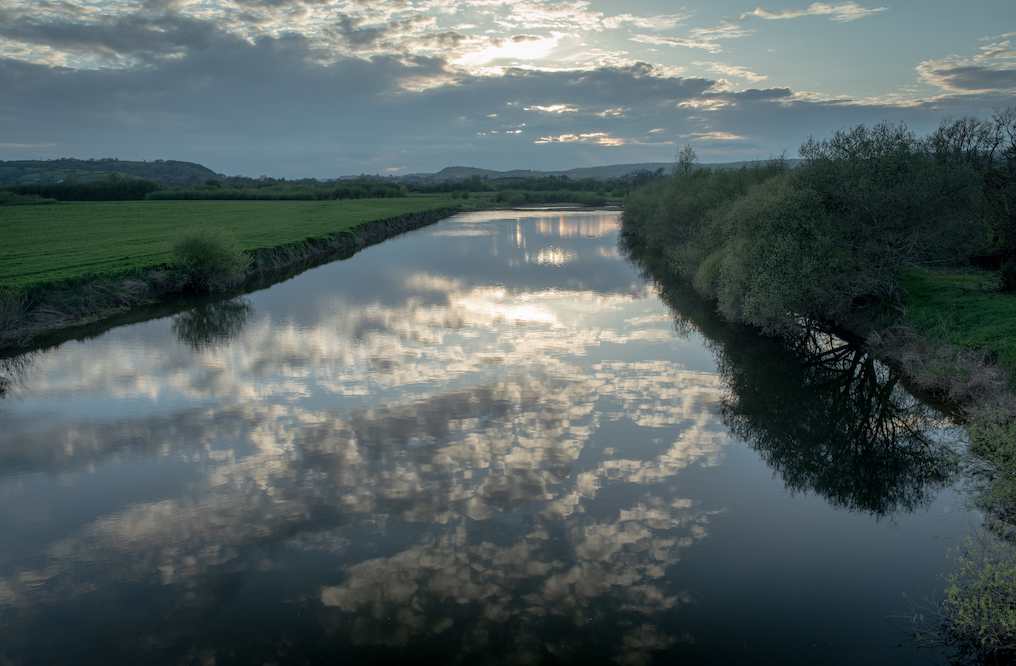
The Tywi is the main artery that keeps the valley alive. It is the longest river that runs its entire course within Wales. The river’s journey starts as a small trickle in the hills of the Cambrian mountains before starting its 80 mile journey, winding its way to the sea between Ferryside and Llansteffan on the Carmarthenshire coast.
It is the Tywi that has not only given the valley its name, but it has defined the shape, structure and character of the valley as we know it today. In recent years it has faced a number of challenges, some of which have changed aspects of the river for ever.
The Llyn Brianne Dam has allowed us to control water levels in the river but has greatly affected water temperature, while the conifer plantations near the dam contribute to acidification of the river.
And, like nearly every other river in Wales, pollution from agriculture and storm water overflows has had a huge effect on water quality. Fish numbers have been in drastic decline for many years.
Here in Dryslwyn the river flows through flat and fertile farmland, but nature still has a toe hold here.
The huge flocks of white fronted geese that came to the valley to overwinter in the 1960s and 70s have long gone, but today flocks of hundreds of Canada and greylag geese have taken their place.
There are fallow deer in the woods alongside the river and buzzards and red kites in the skies above. With patience, it is still possible to watch kingfishers, dippers and even otters going about their daily lives searching for food and raising their young on the river.
But, even today, Dryslwyn’s legacy of battles and conflict is not at an end.
As I write a company called Bute Energy is determined to erect a series of 27m high pylons across the valley. Using green energy is a must, but that does not mean that every scheme can have an uncontested right to destroy areas of historical and cultural importance.
The Tywi river is an SSSI in an area of outstanding natural beauty. Campaigners here want the cables to be buried as seems to be the practice in England.
In today’s battles in Dryslwyn there won’t be bloodshed, but there will be a fight. This time the fight is with an enemy who is mostly invisible, but who still thinks it has the right to walk over us because they can.
Enjoy more ‘Letters from‘ and other writing by following the links on this map
Support our Nation today
For the price of a cup of coffee a month you can help us create an independent, not-for-profit, national news service for the people of Wales, by the people of Wales.







The major problem with overhead power lines is their vulnerability to the vagaries of the British climate
11,000 soldiers!!! Now that’s what you call a fair English fight. The Cymry, Scots and Irish need to start breeding like rabbits. That way we could outnumber and conquer the invaders.